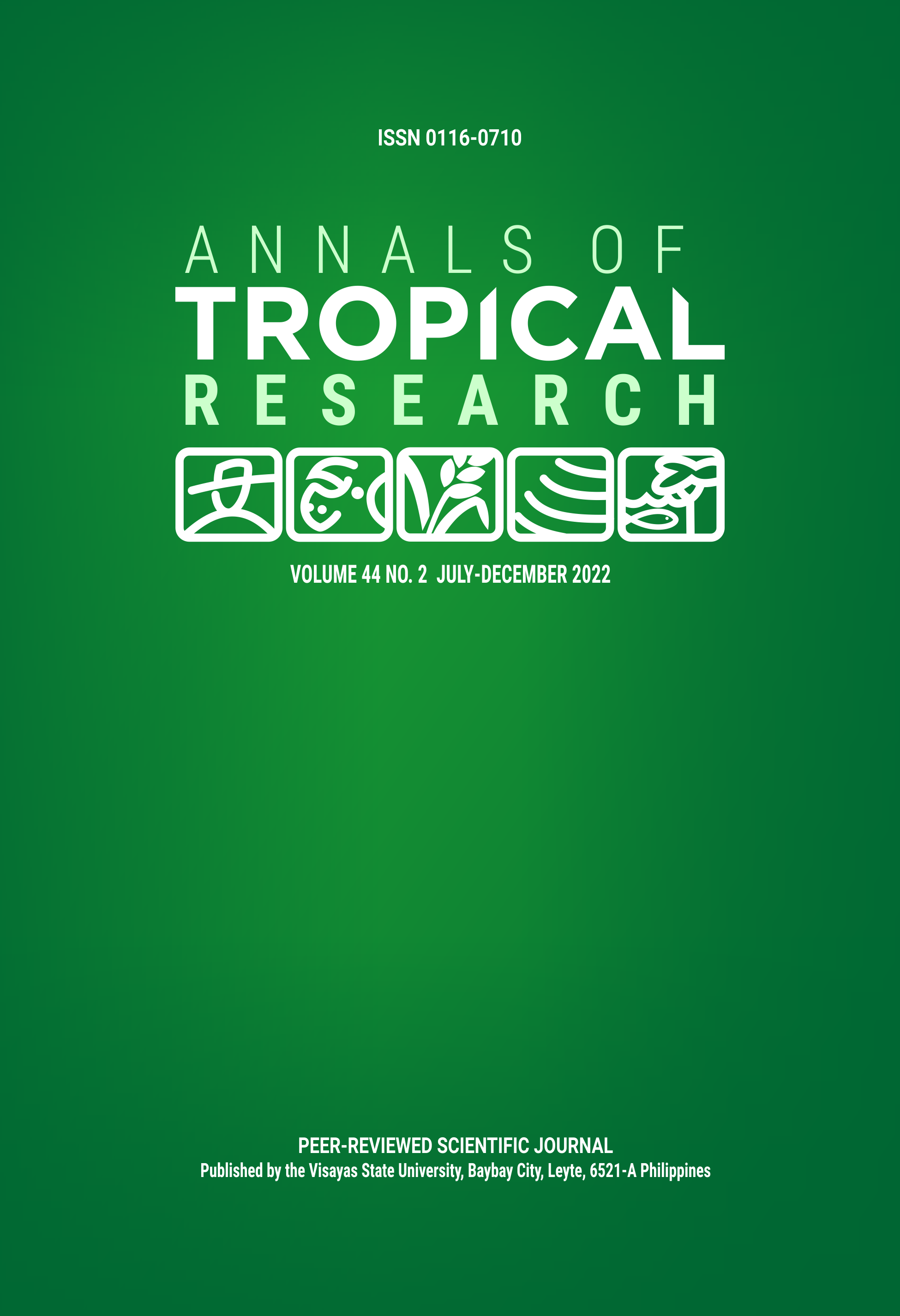Prevalence and risk factors associated with equine strongylosis in Baybay City, Leyte, Philippines
DOI:
https://doi.org/10.32945/atr4427.2022Keywords:
cyathostomin, epidemiology, horses, strongyle, Strongylus sp.Abstract
Strongylosis is a pressing equine health problem. This study determined the prevalence and risk factors associated with strongylosis in horses in Baybay City, Leyte, based on its egg morphology. A total of 263 horse fecal samples were collected and examined. Nematode eggs were identified using Modified McMaster technique. Other relevant epidemiological data associated with strongyle infections were also collected using a structured questionnaire. Descriptive statistics and logistic regression analyses were carried out to determine the prevalence and risk factors associated with strongylosis in horses.
Results showed an overall prevalence of 97.72% (257/263; 95% CI=95.10-99.16); of which, 92.78% (244/263; 95% CI=91.18-94.37) were cyathostomins and 67.30% (177/263; 95% CI=64.41-70.19) were Strongylus sp. Logistic regression analyses revealed a significant association between Strongylus sp. infection and moderate body condition score (p-value=0.0006), housing in a shed (p-value=0.0255), and tethering of the horse (p-value=0.0116).
The high prevalence rate of equine strongyle infection in Baybay City, Leyte, could indicate the neglect and underestimation of the disease for a considerable period of time. Thus, active clinico-epidemiological investigations are warranted in order to design and establish cost-effective and sustainable control and preventive approaches.
Downloads
Submitted
Published
How to Cite
Issue
Section
License

This work is licensed under a Creative Commons Attribution-NonCommercial-ShareAlike 4.0 International License.











